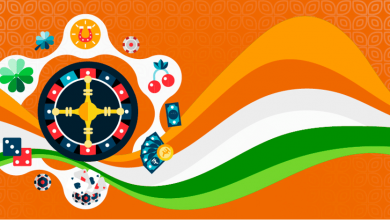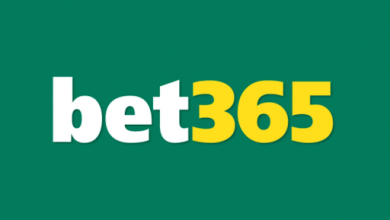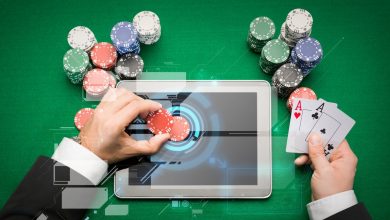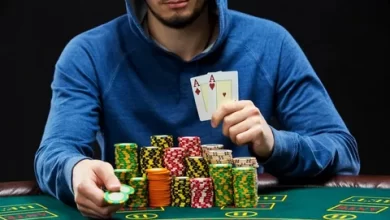Norse Gods And Goddesses
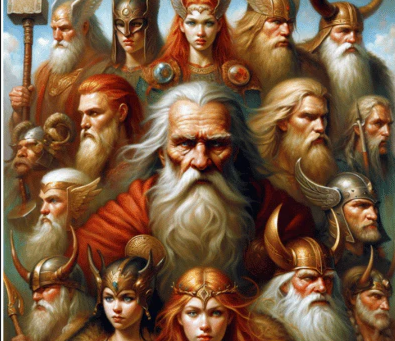
The northern European that is basically Norse old religion, often mentioned in different sources as Norse paganism or Heathenry, was the religious culture of pre-Christian era practiced by the people of the Scandinavian countries during the Viking Age (8-11 centuries). This religion is characterized by its polytheistic nature, with a big list of gods and deities, as well as various spirits and unusual beings.
Visit our website https://ancientgods.shop/collections/norse-pantheon-of-gods
Scandinavian mythology, which people often mention as Norse mythology, is essentially a number of myths and tales from the period that lasted before Christianity on the territory of the Germanic population. The mythology includes stories of gods, goddesses, and various supernatural beings. Here are some key figures in Scandinavian mythology:
- **Odin (Óðinn):** The one who had the main role in Aesir group of gods. All the best qualities were associated with him. He is often depicted as a one-eyed figure, sacrificing an eye at the well of Mímir to gain a lot of wisdom.
- **Thor (Þórr):** The god of thunder and lightning, as well as the protector of mankind and the sworn enemy of the giants (Jotnar). Thor is usually portrayed as a powerful, red-bearded man wielding his famous hammer, Mjölnir.
- **Frigg (Frigga):** The wife of Odin and the queen of the Aesir. Frigg is associated with motherhood, love, and fertility. She is also considered a seeress and has knowledge of the future but doesn’t reveal it.
- **Loki:** He is not one of the standard gods of the mythology. He was a smart figure, a friend and at the same time adversary to Aesir. He brought to this world numerous monstrous beings, such as the wolf Fenrir and the serpent Jormungandr. Loki’s actions often lead to chaos and trouble among the gods.
- **Balder (Baldr):** The son of Odin and Frigg, Balder is associated with beauty, love, and happiness. He is known for his death, which is orchestrated by Loki, leading to tragic consequences for the gods.
- **Freyr:** The god whom people prayed to to get a lot of fertility, prosperity and sunlight. Freyr is associated with peace and is often depicted with a boar named Gullinbursti and a magical ship called Skíðblaðnir.
- **Tyr (Týr):** This deity was always associated with justice. He had one hand, the other one was sacrificed to bind the wolf Fenrir when other deities thought that they couldn’t control its growing power.
- **Heimdall:** The watchman of the gods, Heimdall guards the Bifröst, the rainbow bridge that connects Asgard (the realm of the Aesir) to Midgard (Earth). He has sharp senses and can hear the grass grow and see into the distant future.
- **Yggdrasil:** The World Tree, a giant, holy tree that connects all the realms of existence in Norse cosmology. Yggdrasil is central to the Norse understanding of the universe.
These are just a few of the many characters and elements in Scandinavian mythology. The stories and myths are rich with symbolism, adventure, and moral lessons.
- **Skadi:** In Norse mythology, Skadi (also spelled Skathi, Skade, or Skadhi) is a Jotunn (giantess) and a goddess associated with winter, skiing, hunting, and mountains. She is often depicted as a fierce and independent figure, with a strong and determined personality.
- **Njord:** This god is a prominent figure in Norse mythology, particularly associated with the Vanir, one of the two main groups of deities in the Norse pantheon, the other being the Aesir. Njord is often considered the god of the sea, wind, and fertility.
- **Idunna:** In the local language it is often spelled as Iðunn or Idunn. She is a goddess associated with youth, vitality, and rejuvenation. Legend says that she was responsibles for special apples that grant immortality to the different deities. These apples are often referred to as “Idunn’s apples” or “golden apples.”
Cosmology:
The Norse cosmology consisted of nine worlds interconnected by the World Tree, Yggdrasil. These worlds included realms for gods, humans, giants, elves, and the dead.
Rituals and Sacrifices:
Worship involved various rituals, including blóts (sacrificial offerings) and sumbels (ritual toasts). Animals, food, and valuable objects were offered to the deities.
Sacred Sites:
Sacred groves, natural features like waterfalls or rocks, and specific man-made structures like burial mounds were considered sacred and often used for religious practices.
Runes:
The runic alphabet, known as the Futhark, held mystical importance and maical significance. The scripts were used for different purposes but also for writing and divination and magical purposes.
Afterlife:
- The Norse believed in various realms of the afterlife. One of the most well-known is Valhalla, where fallen warriors would be taken by the Valkyries to join Odin in the great hall.
Vikings and Norse Religion:
- The Vikings, who were seafaring warriors from the Scandinavian region, played a significant role in the spread of Norse religion as they explored and settled in various parts of Europe.
Christianization:
With the spread of Christianity, particularly in the 10th and 11th centuries, Norse paganism gradually declined. The conversion was often a complex process, with some elements of the old religion merging with Christian practices.
Today, there is a revival of interest in Norse paganism and Heathenry, with modern practitioners seeking to reconstruct and adapt the ancient traditions for contemporary spiritual practices. However, it’s important to note that the historical records on Norse religion are limited, and modern interpretations may vary.
Our Offer
Our craftsmen use high-quality carving tools to create wooden idols of the Norse gods and goddesses. If you don’t see what you want to buy in our shop, you can make an individual order and we will create the figurine of your favorite god. It can become part of your collection of be a nice present for your friend or relative. Also, our figurines can easily be a beautiful part of design of your house and emphasize your passion for ancient items, history and mythology of different cultures. The figurines do not crack or deform due to the coating material – linseed oil that cover linden wood. Certain parts are covered with acrylic bronze paint. The sizes of our figurines vary from 11 to 16 cm.

